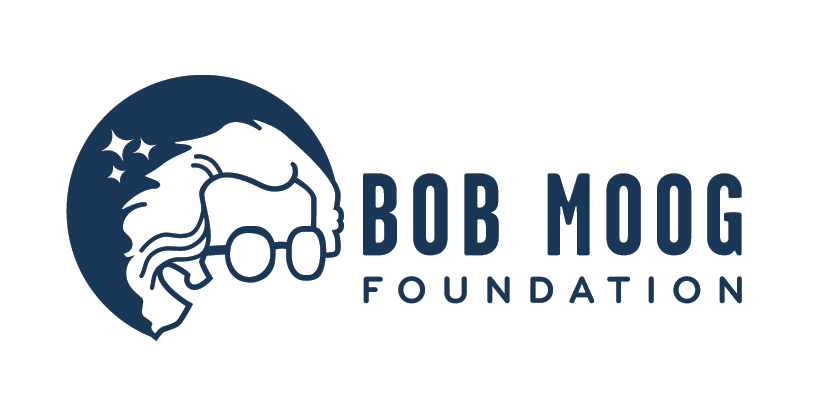Foreword
I’m Michelle Moog-Koussa, Executive Director of the Bob Moog Foundation. I’m also Bob’s daughter. As I write this, and even though I’ve written it countless times before, I am in awe of my connection to the man that I simply knew as my father—but to legions of people around the world he was, and even 15 years after his passing, still remains a source of profound musical and creative inspiration. After my father's passing in 2005, thousands of people in the electronic music community reached out to my family with testimonials about how Bob Moog has inspired, changed, or sometimes even transformed their lives. It was at that point we understood the undeniable power of his legacy; a power that deserved, even demanded, to be carried forward to future generations. The Bob Moog Foundation was created to do just that.
At the very core of the Foundation is our mission to inspire people of all ages through science, music, and technology, and to encourage them to think creatively and embrace the process of discovery. This mission is, of course, a mirror image of Bob Moog’s long and storied career. Through this focus, we have created Dr. Bob’s SoundSchool, a 10-week curriculum that teaches thousands of elementary school students every year about the science of sound, giving them a foundation upon which to build an advanced understanding of sound as they get older. We have also dedicated ourselves to the preservation of the history of the Moog Legacy by preserving a vast array of materials, over 10,000 items, in the Bob Moog Foundation Archives. Recently, we were able to combine those educational and historic preservation projects to create the Moogseum, a facility that brings the history, science, and power of the Moog Legacy alive for thousands of visitors.
The Bob Moog Foundation is fortunate to have the support of companies in the music technology industry whose very foundations can be traced back to Bob Moog’s pioneering work in synthesis. It is in this spirit that we were introduced to Native Instruments, and they enthusiastically embraced the idea of celebrating Bob’s legacy and supporting the Foundation by creating a unique instrument that would serve to inspire their users. It has always been a goal of mine to celebrate not only my father’s work, but those who have carried it forward through their own innovations. Being that my father’s most seminal work was in modular synthesis, I proposed that we bring his and others’ foundational sound sculpting instruments to the NI community with hopes that it would help expand sonic horizons and historical awareness of these early modular synths.
I was thrilled when NI embraced the idea, and delighted when a variety of talented and legendary artists and sound designers agreed to participate, donating their time and talents to the cause. Collaborators include Jean-Michel Jarre, Steve Porcaro (TOTO), Mark Isham, Michael Boddicker, Jeff Rona, Benge, Walter Holland, Robin Rimbaud, Dan Goldstein, Kurt Ader, Paca Thomas, Francis Preve, and EMEAPP, who together used a plethora of legendary instruments including Keith Emerson’s iconic Moog modular and a wide variety of other vintage Moog modular synthesizers, as well as Buchla, ARP 2500 and 2600, Roland System 700, Polyfusion, Serge, EMS, EML, plus the mammoth TONTO, made famous by Stevie Wonder, and reputed to be the most famous modular synths in the world. To have over 150 sounds from this array of vintage modular synthesizers is truly unprecedented. I was extremely proud of this offering, as it is a celebration of, and a tribute to many synthesizer pioneers’ work, bringing a huge diversity of sounds to a new audience. Many NI users have shared with me how special it is for them to use these sounds, given their human and technological origins. I hope you enjoy this very special instrument as much as they have.
Happy Creating, Michelle
 |